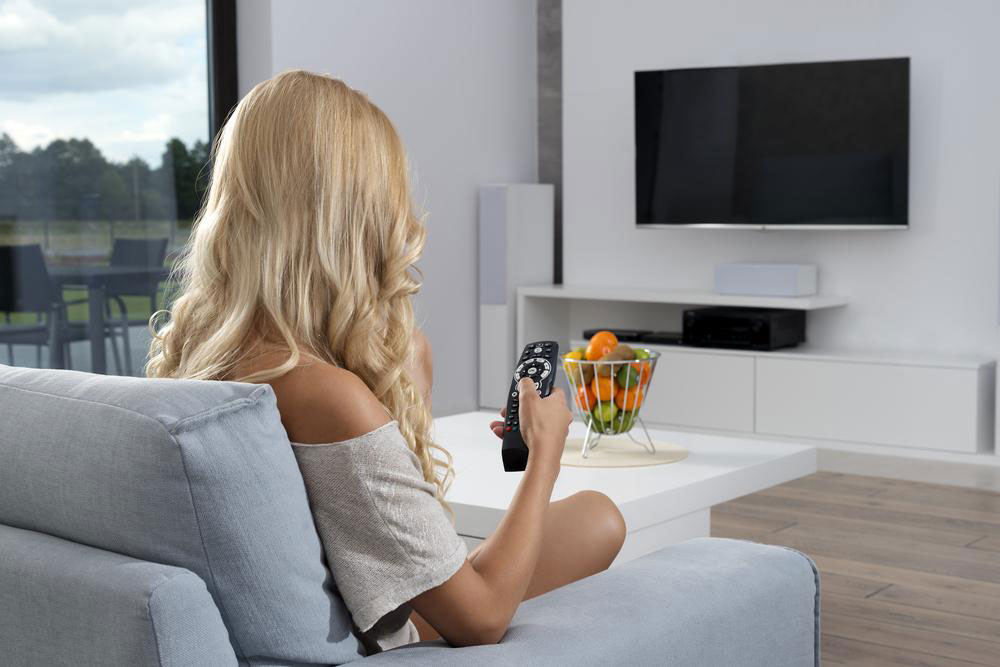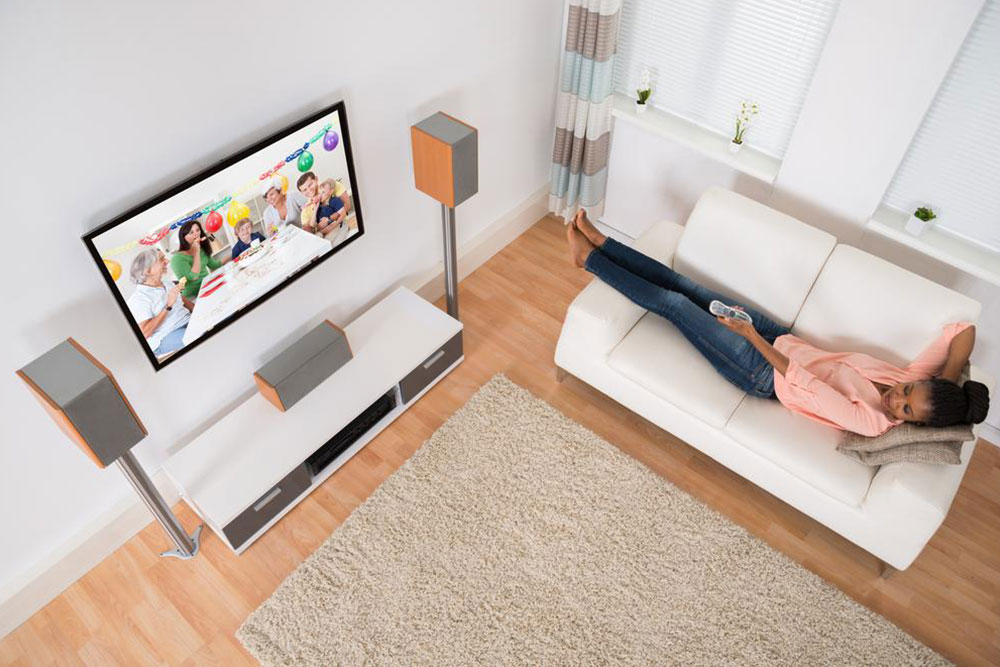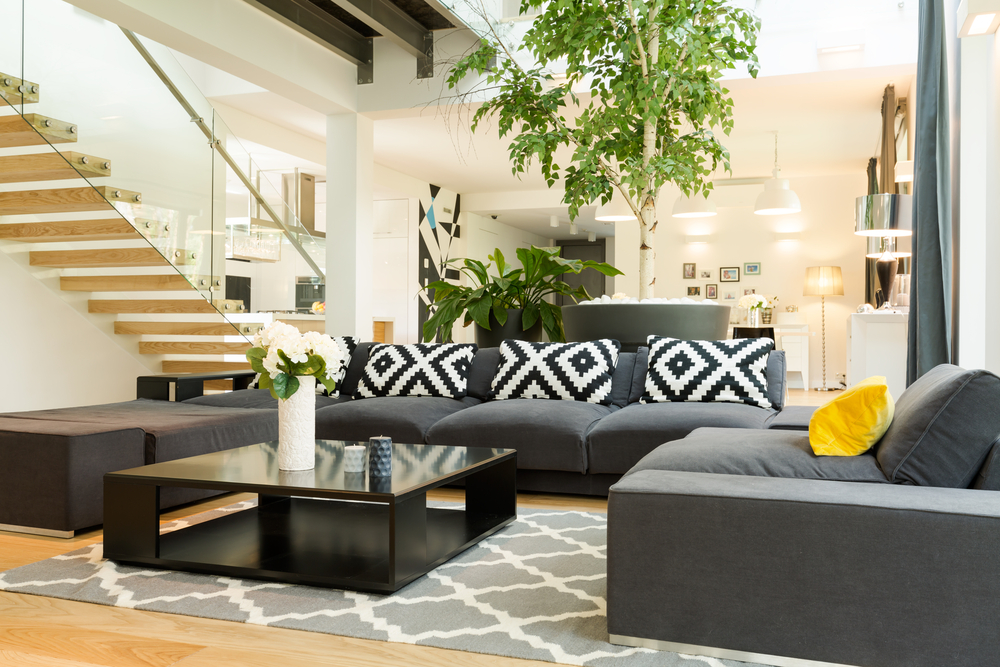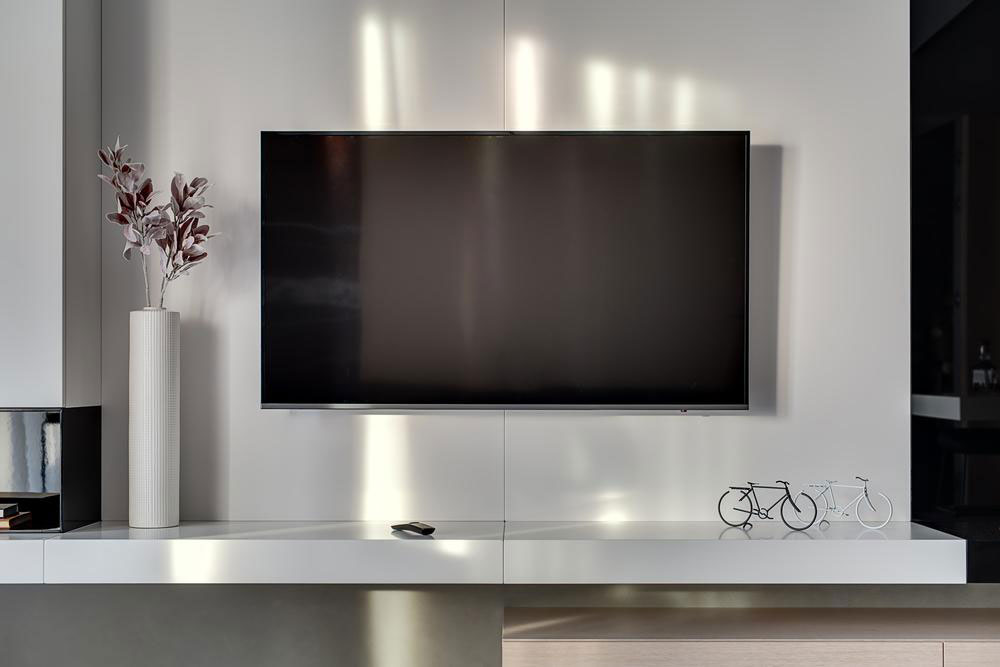Essential Guide for Measuring and Fitting Your TV in the Living Room
Learn the essential steps for measuring and fitting your TV perfectly in your living room. This guide covers diagonal measurement techniques, space considerations, aspect ratios, and optimal viewing distances to help you create a stylish and comfortable entertainment setup.

Essential Guide for Measuring and Fitting Your TV in the Living Room
Enhance your living space with a stylish new television, whether it's 40 or 43 inches. Proper measurements are key to ensuring the TV fits perfectly into your furniture setup. Measuring a TV accurately is straightforward, similar to tying your shoes.
Measurement Approach
Measure diagonally from one corner of the screen to the opposite corner. Remember, the 40-inch specification refers to the diagonal length, not the width or height. Also, avoid including the bezel edges in your measurement.
To avoid errors, measure from one screen corner to the opposite corner, excluding the bezel.
Fitting in Limited Spaces
Determine the overall size of your TV, including the frame, to ensure it fits into your designated space. For instance, a 46-inch TV usually measures about 44.5 inches in width and 25 inches in height. Check your existing cabinet dimensions—if your cabinet is 45 inches tall, selecting a slightly smaller TV like a 40-inch model can provide extra space and a balanced appearance.
For a cabinet height of 45 inches, opt for a 40-inch TV to leave room for ventilation and aesthetics.
Understanding Aspect Ratios
Aspect ratio is the proportion of width to height of the display. Traditional TVs often used a 4:3 ratio, whereas modern widescreen televisions utilize a 16:9 ratio. Although the diagonal measurement remains consistent, the overall screen space differs. To convert older model measurements to a widescreen equivalent, multiply the diagonal by 1.22 for a 4:3 TV to estimate the modern screen size.
Viewing Distance Guidelines
The optimal distance from the TV depends on its size. For a 40-inch TV, sit between 5 to 8 feet away. For larger models like 46 inches, maintain a distance of 5.75 to 9 feet to ensure comfortable viewing without strain.
Note:
Our blog offers valuable insights across various topics, but the information should not be considered conclusive. Always verify measurements and specifications based on your unique space. The authors are not responsible for discrepancies or errors. Additionally, promotional offers and schemes may vary and are not covered here.










